
When you experience uncontrollable eye movement, it’s time to pay attention. It may not be a momentary delusion; rather, there is a possibility that you might have nystagmus. According to recent research, between 2 and 3 persons out of every 1,000 experience some forms of nystagmus. In this blog, we will explore the causes, symptoms, and treatment options for nystagmus, as well as how low-vision aids can enhance the eyesight of nystagmus sufferers.
What Causes Nystagmus?
Nystagmus is a visual condition in which the eyes make repetitive, uncontrolled movements. It can be an inherited disorder or caused by several factors, such as genetic factors, damage to the inner ear or central nervous system, and certain medical conditions like stroke, multiple sclerosis, and brain tumors. There are several types of nystagmus:
- Congenital nystagmus: this type of nystagmus is present at birth or develops within the first few months of life. It is often caused by a problem with the development of the part of the brain that controls eye movements.
- Acquired nystagmus: this type of nystagmus develops later in life, and can be caused by a variety of factors including neurological conditions (such as multiple sclerosis or brain injury), medication side effects, inner ear problems, or even alcohol or drug use.
- Latent nystagmus: this type is usually associated with strabismus (a condition where the eyes are misaligned) and it is often present only when one eye is covered.
How Is Nystagmus Diagnosed?
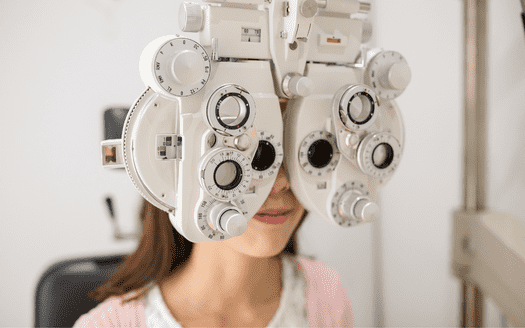
The diagnostic process for nystagmus can vary depending on the individual and the suspected underlying cause. In short term, nystagmus is typically diagnosed through a comprehensive eye exam that may include:
- Visual acuity test: measures the sharpness of vision
- Visual field test: measures the extent of the field of vision
- Eye movement tests: measures the involuntary eye movements associated with nystagmus
- Imaging tests: such as magnetic resonance imaging (MRI) or computed tomography (CT) scans, to check for structural abnormalities in the brain.
- Electro-oculography (EOG): EOG is a test that measures the electrical activity of the eye and can help to diagnose nystagmus and determine the severity of eye movement.
- Video-oculography (VOG): VOG is a more advanced test that uses video recording to analyze eye movements and can provide more detailed information about the type and severity of nystagmus.
What Are the Vision Loss Symptoms of Nystagmus?
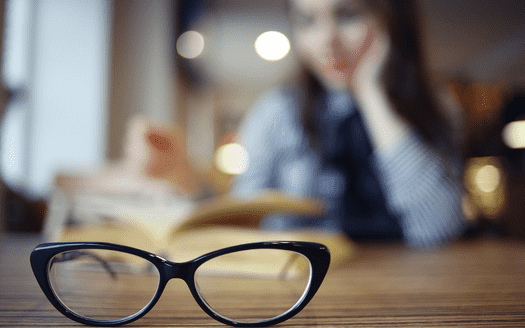
As we have mentioned above, the primary symptom of nystagmus is involuntary eye movement, such as eyes shaking, oscillating, moving rapidly back and forth, etc. However, the intensity and frequency of the eye movements might vary because of the underlying cause of nystagmus. Some signs and symptoms of visual impairment associated with nystagmus include:
- Blurred vision: the rapid eye movements can make it difficult to focus on objects, which will ause blurred vision.
- Sensitivity to light: many people with nystagmus may be sensitive to bright lights or glare, which can make their symptoms worse.
- Depth perception issues: nystagmus can affect depth perception and make it difficult to judge distances.
- Fatigue: the constant movement of the eyes can be tiring, and some people with nystagmus may experience fatigue or eye strain.
What Are the Treatment Options for Nystagmus?
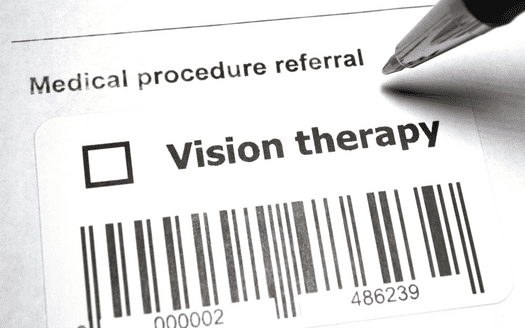
The treatment for nystagmus depends on the underlying causes of the problem, the intensity of the eye movements, and the impact of nystagmus on the patient’s vision. Although there is no cure for nystagmus, there are a number of therapies that may assist to control the symptoms:
- Glasses or contact lenses: wearing corrective lenses may help to improve vision and reduce eye strain.
- Medications: some medications may be used to treat the underlying condition that is causing the nystagmus, or to manage the symptoms of the condition.
- Vision therapy: some people with nystagmus may benefit from vision therapy, which involves exercises to help improve eye movements and coordination.
- Surgery: in some cases, surgery may be used to correct an eye muscle problem or to stabilize eye movements.
- Low vision aids: electronic magnifiers, screen readers, or other assistive technologies help improve visual function for people with nystagmus.
How Can Low Vision Aids Enhance Vision with Nystagmus?
Nystagmus cannot be cured, but people with this condition may benefit from using low vision equipment --improving visual acuity and reducing the severity of nystagmus symptoms. There are three major types of low-vision devices for nystagmus:
Optic Low Vision Aids for Nystagmus
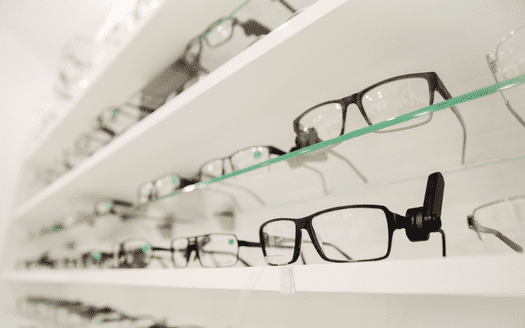
Optic low vision aids, like bioptic glasses and telescopes, can be used to enlarge text and objects, can effectively reduce visual fatigue caused by nystagmus. However, in most cases, these optical low-vision aids are useful only when an individual’s visual acuity is 20/200 vision or better. Therefore, if a high level of magnification is required, electronic video magnifiers or high-tech low-vision E-glasses are advised. To learn more about the difference between optic low vision aids and electronic eyewear, please read: Smart Electronic Glasses (E-Glasses) Vs. Bioptic Glasses
Electronic Video Magnifier for Nystagmus
Similarly, electronic video magnifiers do not cure nystagmus, but do assist with reading, writing, and other close-up or far away tasks by enhancing individual’s vision. Electronic video magnifiers include CCTV, handheld or portable video magnifiers, screen readers, etc. Electronic technologies can be of great assistance to those who have a moderate or severe vision impairment, especially for those who are legally blind or do not respond to other forms of low vision assistance.
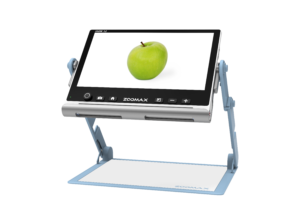
Digital visual aids like those offered by high-tech firm Zoomax Inc. can be very helpful for people with nystagmus. Portable and handheld electronic video magnifiers, such as the Snow 12, Luna 6, and Luna S, can be useful by offering high-quality images, as well as adjusting magnification, color contrast, and brightness, making it simpler for users to adjust the settings according to their individual preferences, and make reading and other daily activities easier.
AR and VR Low Vision Eyewear (E-glasses) for Nystagmus
Low-vision eyewear is essential for coping with the nystagmus condition, and augmented reality (AR) and virtual reality (VR) wearable devices for the nystagmus are highly recommended by eye doctors. Most low-vision E-glasses have image enhancement functions, such as presenting text in high-contrast colors for reading or applying an outline to the scene, which is helpful for detecting obstacles or other objects in the case of eye-moving or eye-fluttering.
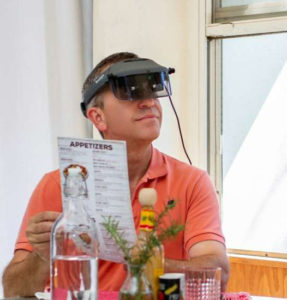
Acesight and Acesight VR low vision E-glasses are two of them that are beneficial for those with nystagmus. Acesight/Acesight S applies augmented reality technology to provide a clear, high-resolution image directly to the user’s eyes, which helps those with nystagmus to see more clearly and focus on objects even when they are in motion. Thereby, individuals with nystagmus could have normal visual experiences. Acesight VR is a virtual reality headset that allows an immersive experience with a wider field of view (up to 65 FOV) -- the camera captures the scene in front of you and displays the scene on the small screens that are positioned in front of the eyes. While many individuals with nystagmus may be sensitive to bright light, fully enveloping designs of VR low-vision glasses can prevent the influence of outside light when seeing or watching. Besides, users can magnify the image by using a simple controller, and people can use it flexibly for stationary activities such as watching TV, reading newspapers, watching videos, and so on.
Read more: Low Vision E-glasses: Hands-free Solution for Visual Impairments
The signs and symptoms of nystagmus can vary depending on the underlying causes, and some people may not experience all of these symptoms. If you are suffering any of the aforementioned symptoms or are worried about your vision and desire to select appropriate low-vision aids, you should consult an ophthalmologist for an evaluation and advice. Moreover, those who suffer from nystagmus should also make lifestyle adjustments, such as avoiding triggers eye stress or bright lights, and getting enough rest and regular exercise to manage the symptoms of nystagmus.

